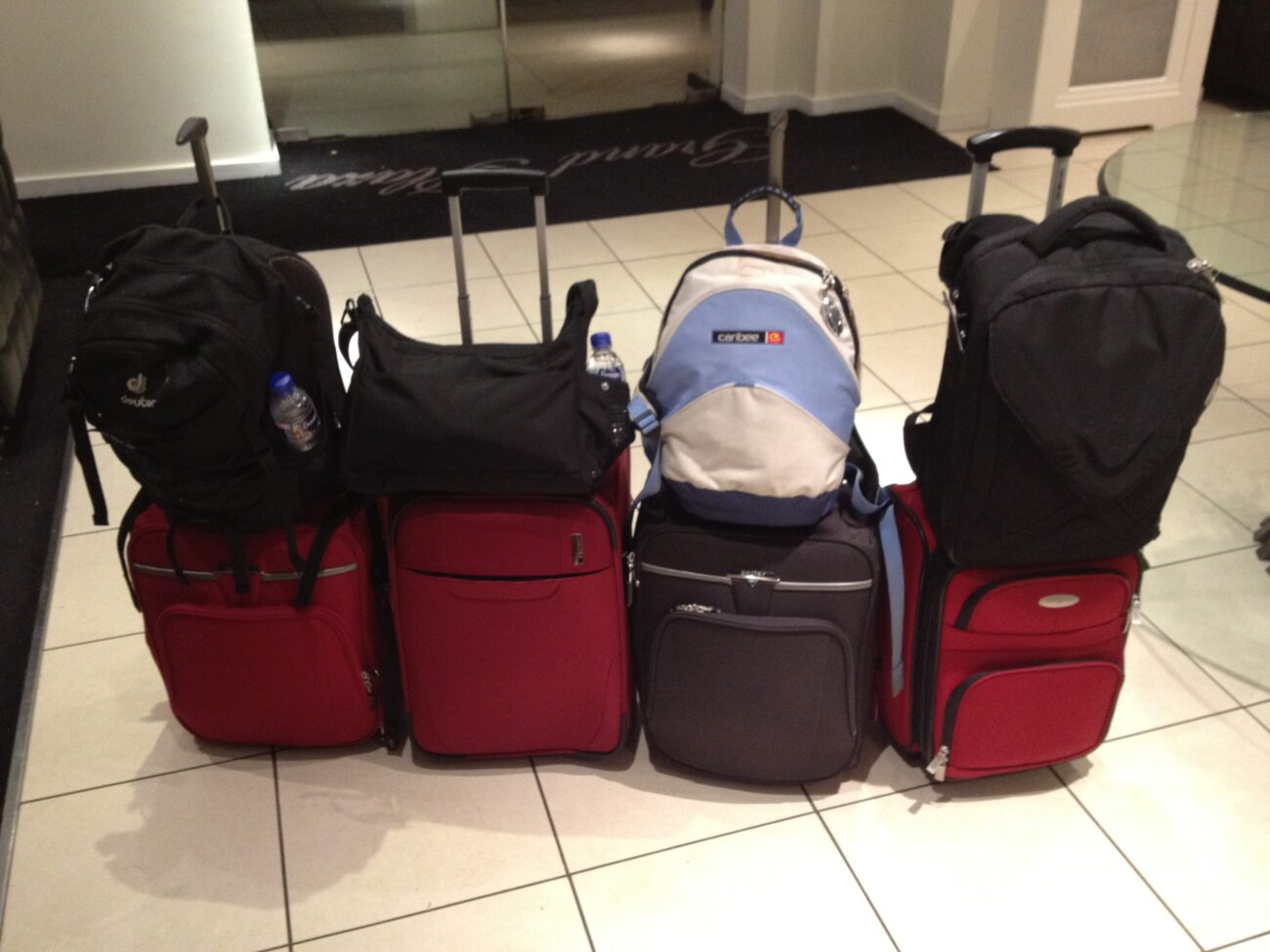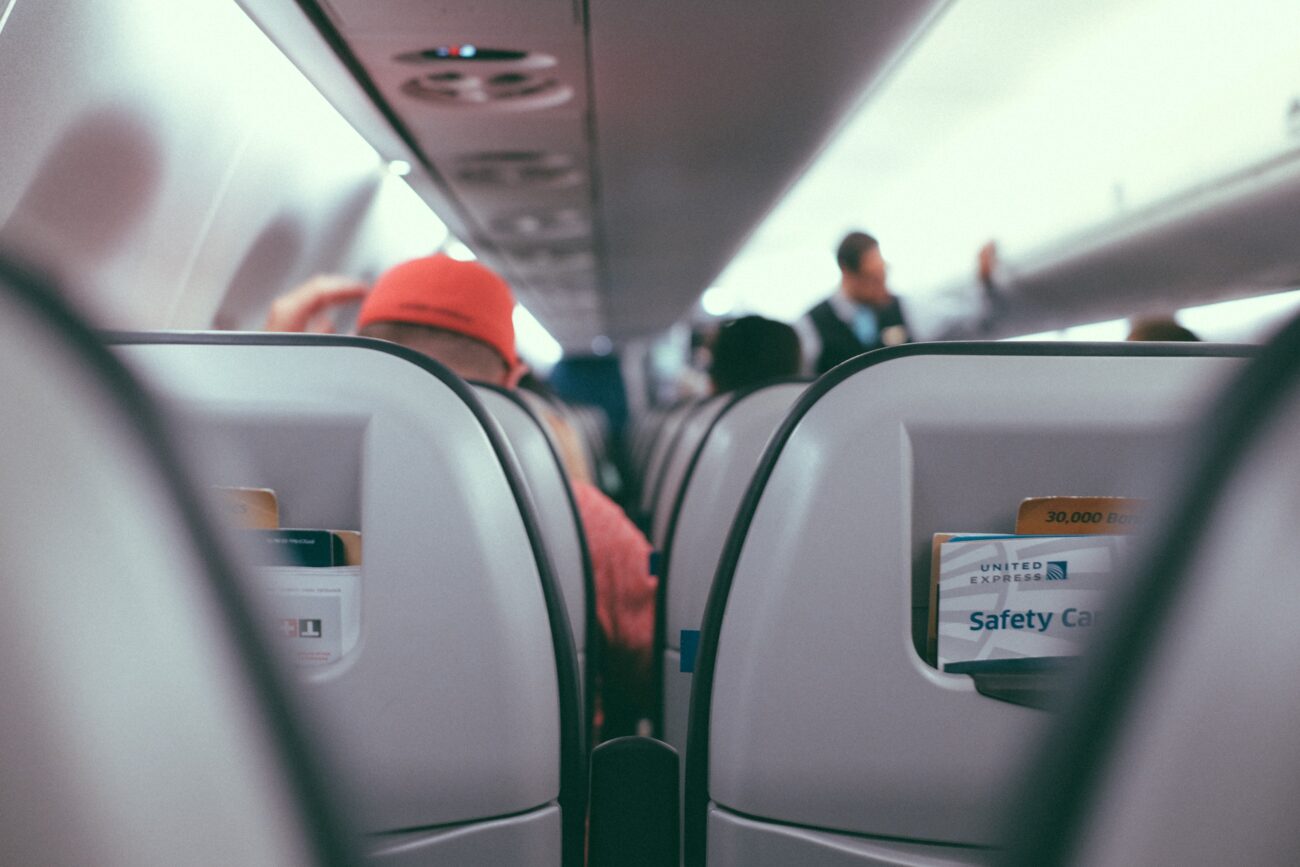Bright ribbons create scanning nightmares for airport baggage systems. Those cheerful markers you tied to your suitcase—recommended by countless travel blogs—actually disrupt automated scanners, forcing your bag into manual processing where delays multiply like airport coffee prices. Baggage handlers report that ribbons often block sensors entirely, sending these bags down a slower, riskier path while streamlined luggage speeds through the system.
Why Bright Markers Backfire at Airports
Manual processing transforms your travel day into a baggage claim nightmare.
Manual processing isn’t just slower—it’s where luggage goes to disappear. Your neon-tagged suitcase signals “tourist” to everyone from handlers to opportunistic thieves scanning the carousel for easy targets. Airport insiders observe that obviously tourist-marked bags get deprioritized during logistical crunch times, especially when weight limits or space constraints force quick decisions about which bags make connecting flights.
The psychology cuts deeper than efficiency. Distinctive bags broadcast their contents like a billboard advertising expensive cameras and electronics. Former baggage staff note that generic luggage blends into the sea of black cases, making it less susceptible to both theft and the unconscious bias that sometimes treats tourist bags as lower priority cargo.
Key risks of bright luggage markers:
- Ribbons block baggage scanners, forcing slower manual processing
- Tourist-identified bags face deprioritization during constraints
- Distinctive appearances attract theft opportunities
- Multiple old tags increase scanner confusion and mishandling
Smarter Luggage Strategies That Actually Work
Subtle identifiers outperform flashy markers in every airport scenario.
Skip the runway show and embrace stealth mode. Use subtle interior markers visible only to you—a small sticker inside a zipper pocket works better than external peacocking. GPS trackers like Apple AirTags provide real-time location data without screaming “rob me” to casual observers.
Contact information deserves strategic placement: current details both inside and outside your bag, but never your full home address. Airlines recommend this redundancy because exterior tags disappear more often than your patience in customs lines.
Photograph your suitcase before checking it, capturing wear patterns and distinctive features that help with lost luggage claims. Remove outdated stickers and tags from previous trips—these confuse scanners worse than a tourist trying to order in broken Italian.
The underlying principle transcends luggage logistics. In high-pressure airport security environments, blending in reduces both mishandling risk and unwanted attention while preserving your ability to quickly identify belongings through private means.

















